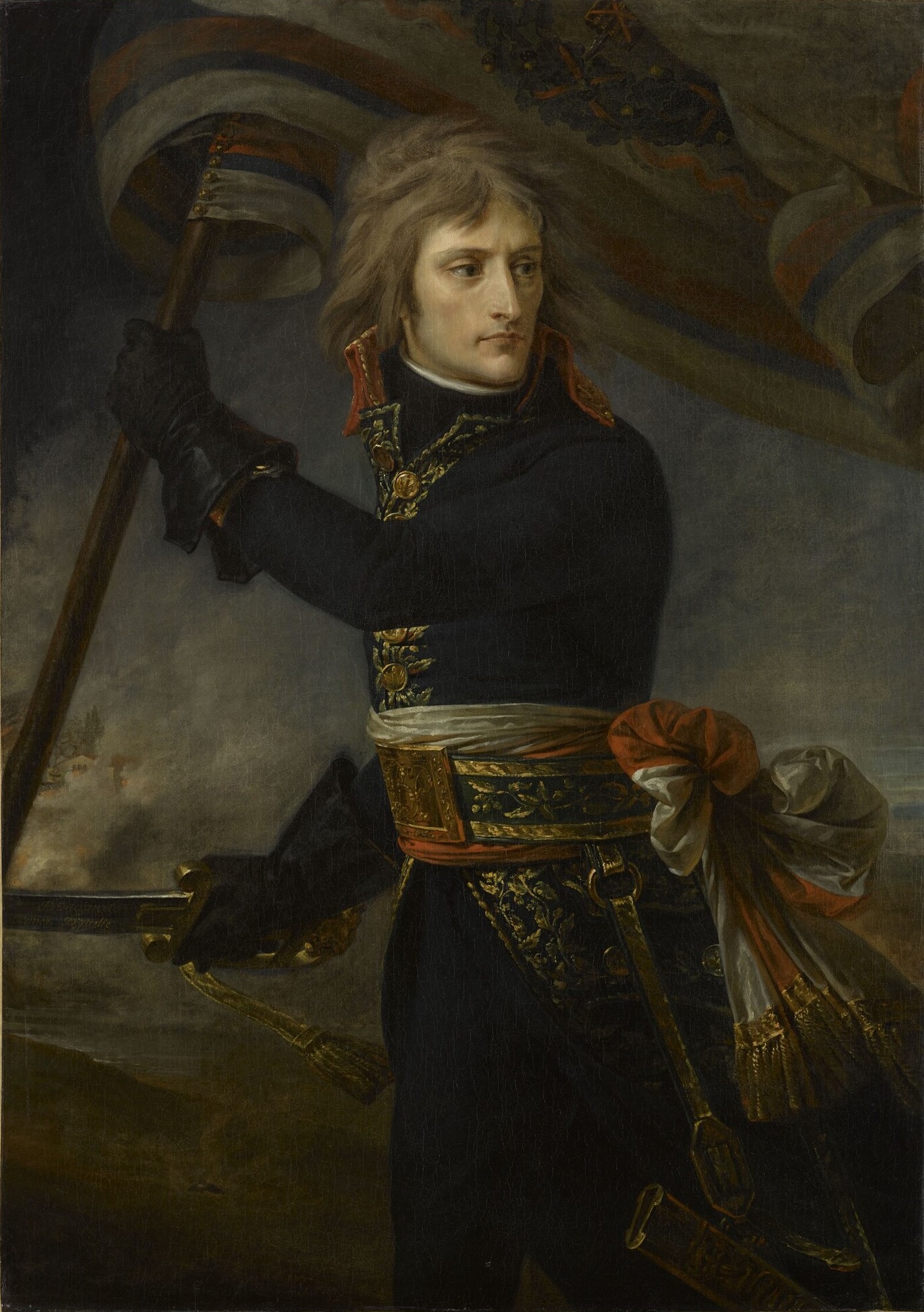© Unofficial Royalty 2024

Prince Franz Josef II of Liechtenstein; Credit – Wikipedia
August 16, 1573 – Birth of Anna of Austria, first wife of King Sigismund III Vasa of Sweden and Poland, in Graz, Austria
In May 1592, Anna married Sigismund III Vasa, King of Poland. Anna and Sigmund had five children but only one, Ladislaus Vasa, who succeeded his father as King of Poland and Grand Duke of Lithuania, survived childhood. On November 17, 1592, Sigismund’s father Johan III, King of Sweden, Grand Duke of Lithuania died and Sigismund was granted permission by the Polish legislature to claim his inheritance as the rightful King of Sweden. In 1594, Anna accompanied her husband to Sweden, where she and her husband were crowned King and Queen of Sweden. In 1598, Anna died due to birth complications during the birth of her sixth child, who also died.
Unofficial Royalty: Anna of Austria, Queen of Sweden, Queen of Poland
August 16, 1662 – Birth of Prince Hans-Adam I of Liechtenstein in Brno, Margraviate of Moravia, now in the Czech Republic
Full name: Johann Adam Andreas
Twenty-two-year-old Hans-Adam became Prince of Liechtenstein upon the death of his father Karl Eusebius, Prince of Liechtenstein on April 5, 1684. Karl Eusebius left his son a rich inheritance and an extensive collection of artworks that were multiplied by his son and other descendants. The current Prince of Liechtenstein, Hans-Adam II, is the richest European monarch. In 1681, Hans-Adam married Princess Erdmuthe Maria Theresia of Dietrichstein-Nikolsburg. Hans-Adam and Erdmuthe had eleven children but all their sons predeceased Hans-Adam. Because Hans-Adam had no sons, he had chosen his distant cousin Prince Joseph Wenzel, the great-grandnephew of Karl I, Prince of Liechtenstein, even though he was not next in line. The actual heir was his uncle Anton Florian but he was not very popular with the family.
Unofficial Royalty: Prince Hans-Adam I of Liechtenstein
August 16, 1682 – Birth of Louis, Duke of Burgundy, Le Petite Dauphin, son of Louis, Le Grande Dauphin and grandson of King Louis XIV of France, at the Palace of Versailles in Versailles, France
Louis, Duke of Burgundy was the eldest of the three sons of Louis, Dauphin of France and Maria Anna Victoria of Bavaria. At the time of his birth, Louis’ grandfather Louis XIV was King of France and his father was the heir apparent to the French throne. After Louis’ birth, his father was called Le Grand Dauphin and his son Louis, who was second in the line of succession, was called Le Petit Dauphin. However, King Louis XIV outlived both his son and his grandson and was succeeded by his five-year-old great-grandson King Louis XV when he died in 1715.
Unofficial Royalty: Louis, Duke of Burgundy, Le Petite Dauphin
August 16, 1763 – Birth of Frederick, Duke of York, son of King George III of the United Kingdom, at St. James Palace in London, England
Full name: Frederick Augustus
Prince Frederick, Duke of York was the second son of King George III but his marriage produced no children. Frederick had a career in the army and attained the rank of general. A well-known nursery rhyme is supposedly about Frederick’s defeat at the Battle of Tourcoing during the Flanders Campaign.
The grand old Duke of York,
He had ten thousand men.
He marched them up to the top of the hill
And he marched them down again.
And when they were up, they were up.
And when they were down, they were down.
And when they were only halfway up,
They were neither up nor down
Unofficial Royalty: Frederick, Duke of York
August 16, 1906 – Birth of Prince Franz Josef II of Liechtenstein at Schloss Frauenthal in Steiermark, Austria
Full name: Franz Josef Maria Aloys Alfred Karl Johannes Heinrich Michael Georg Ignaz Benediktus Gerhardus Majella
Franz Josef was named after Franz Joseph I, Emperor of Austria, his mother’s paternal uncle and his godfather. In 1938, Franz Joseph succeeded his childless great-uncle Franz I, Prince of Liechtenstein. Franz Josef was the first sovereign prince to live full-time in the principality and made his home at Vaduz Castle. He is the father of the current Prince of Liechtenstein, Hans-Adam II.
Unofficial Royalty: Prince Franz Josef II of Liechtenstein
August 16, 2019 – Death of Princess Christina of the Netherlands, daughter of Queen Julianna of the Netherlands, at Noordeinde Palace in The Hague, the Netherlands
Princess Christina was the youngest of four daughters of the future Queen Juliana of the Netherlands. Her mother had contracted German measles while pregnant with Christina, resulting in her being born nearly blind. Fortunately, she was able to gain some sight and was able to live a relatively normal life. In June 2018 it was announced that Princess Christina was suffering from bone cancer. Princess Christina died at Noordeinde Palace in The Hague, the Netherlands on August 16, 2019, at the age of 72 from bone cancer. Princess Christina’s remains were taken to Fagel’s Garden Pavilion on the grounds of Noordeinde Palace, where close friends and family paid their last respects. The cremation was held in private.
Unofficial Royalty: Princess Christina of the Netherlands
This article is the intellectual property of Unofficial Royalty and is NOT TO BE COPIED, EDITED, OR POSTED IN ANY FORM ON ANOTHER WEBSITE under any circumstances. It is permissible to use a link that directs to Unofficial Royalty.







